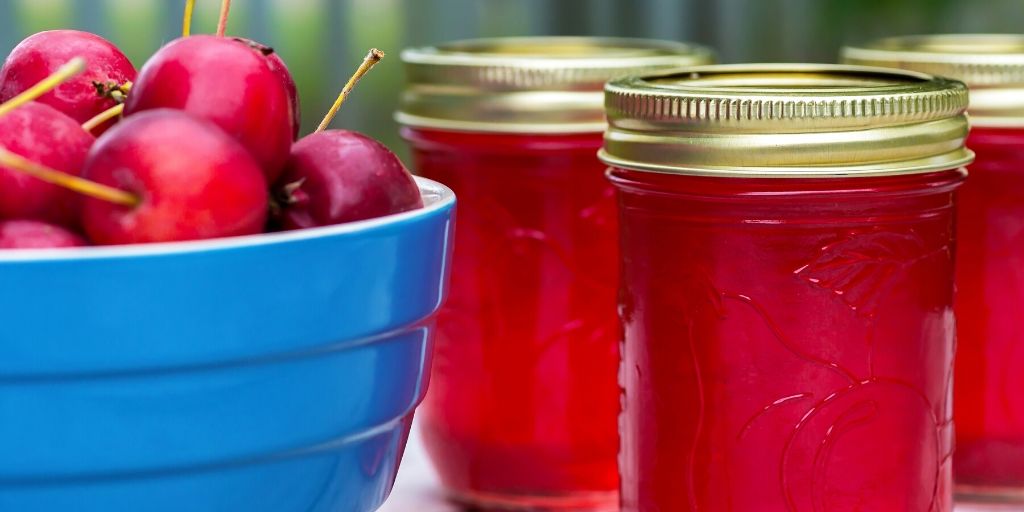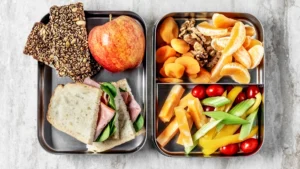It can be painful to be unable to properly digest fructose, a common sugar found in many foods. Irritable bowel syndrome is frequently accompanied by fructose malabsorption, leading to intolerance. The bloating, diarrhea, and gas that come with fructose intolerance can be reduced by avoiding certain meals. Here is a list of foods to cut out of your diet if you have fructose sensitivity.
Fresh fruits
If you have fructose intolerance, you don’t have to avoid all fruits. You should only avoid fruits that have more than 50% of their natural sugars. Some fruits include pears, mangoes, grapes, and other high-fructose fruits. Instead, you should shift to low-fructose fruits like blueberries, bananas, and strawberries.
Some vegetables

Source: medimpextrade.com
Except for asparagus, artichokes, and sugar snap peas, most vegetables are suitable if you experience fructose malabsorption. Most veggies contain incredibly little fructose. However, you will probably react to other comparable short-chain carbs if you are sensitive to fructose.
These include the Galatians, polyols, and fructans found in other plants like broccoli, cauliflower, cabbage, onions, and garlic. If low-fructose veggies cause you to respond, speak with a certified dietitian for assistance in determining additional potential trigger foodstuffs in your diet.
Natural and artificial sweeteners

Source: nutrex.com
Most of the fructose consumed in the typical American diet comes from sweets rather than fruits. Avoid fructose-rich sweeteners, including honey, agave syrup, and high-fructose corn syrup. Use lower-fructose substitutes, like maple syrup, or artificial sweeteners to add a touch of sweetness to your diet. Consuming too much of these sweeteners at once could still result in digestive issues, even though they are safe.
Oatmeal
This meal can occasionally seem healthful, but marketing promises are frequently false. Oatmeal isn’t always gluten-free. Many manufacturers add wheat gluten to make the oat groats stick together. This is because they tend to become mushy when cooked if not handled in this way.
Additionally, most businesses add sugar and occasionally even HFCS to their oatmeal goods. Instead, get plain oats in your grocery store’s bulk section and consume them uncooked, dry-cooked, or with water added. Add some fruit or nuts and dried cranberries to them for sweetness, or combine them with other dishes.
Candy, jams, and jelly

Source: food.unl.edu
The majority of candies are considered to be high in sugar. Did you realize that some have up to 70 grams per serving? That exceeds the suggested daily allowance. Some have a tablespoon’s worth of sugar exceeding 30 grams. Make the candies you love at home rather than purchasing them. They won’t have as much added sugar and will be considerably healthier.
Energy drinks
Many consumers believe they can avoid drinking too much sugar or glucose syrup if they buy an energy drink without those ingredients. However, the high sugar content in energy drinks is well known. Each serving of these beverages has roughly 22 grams; that’s nearly the daily limit.
Bottom line
High fructose foods are all over, and you should avoid the ones mentioned above. Fructose is a popular ingredient among the many favorite foods you take. Therefore it’s essential to know which foods have high fructose if you have fructose intolerance for a healthy life.





